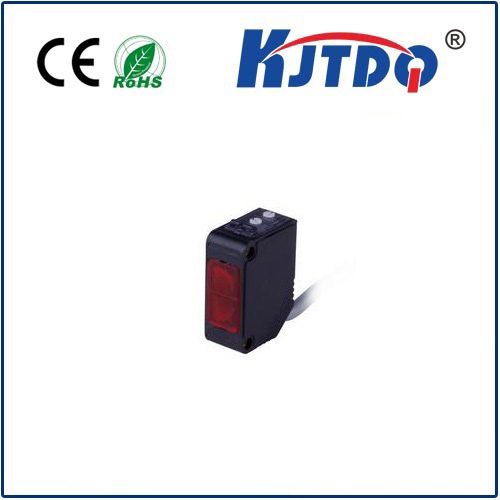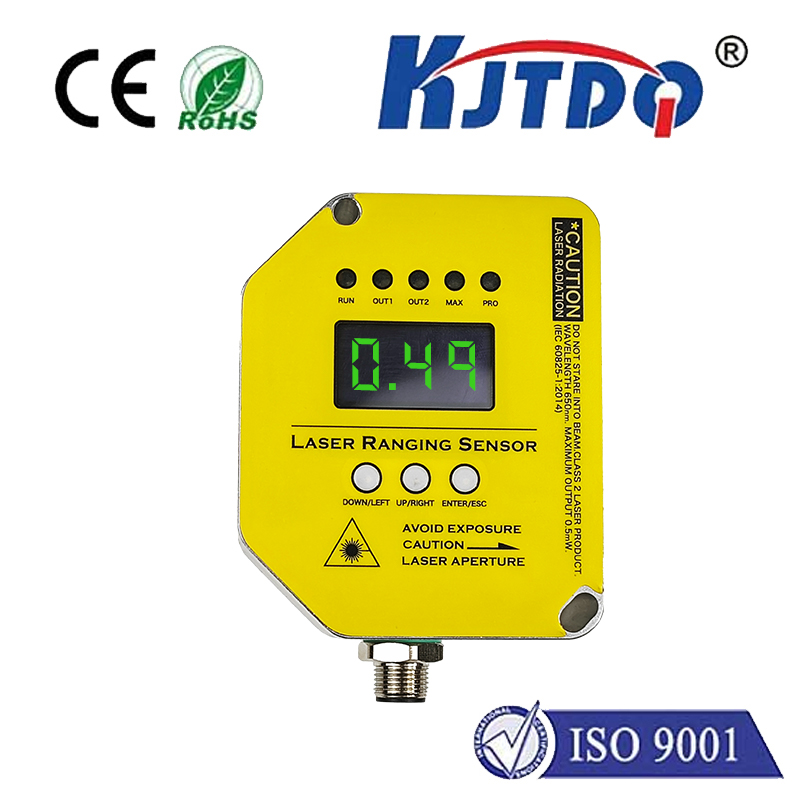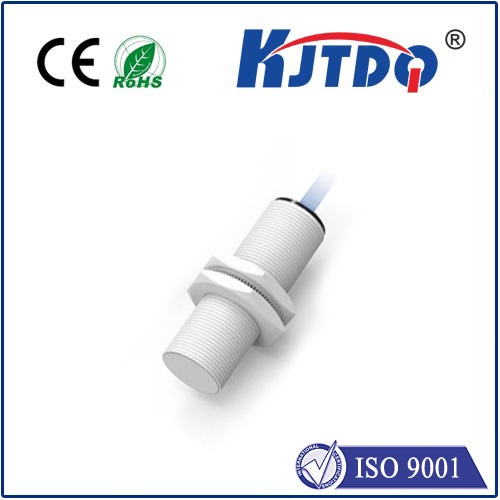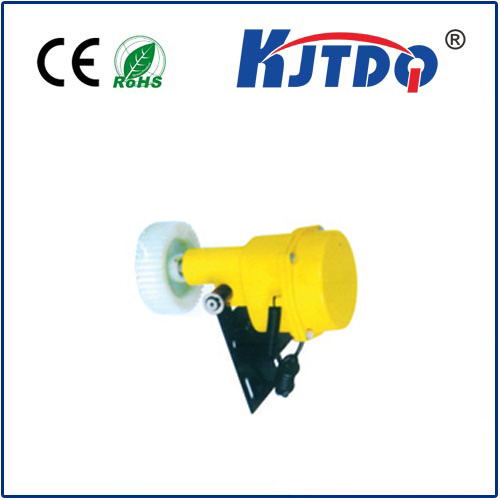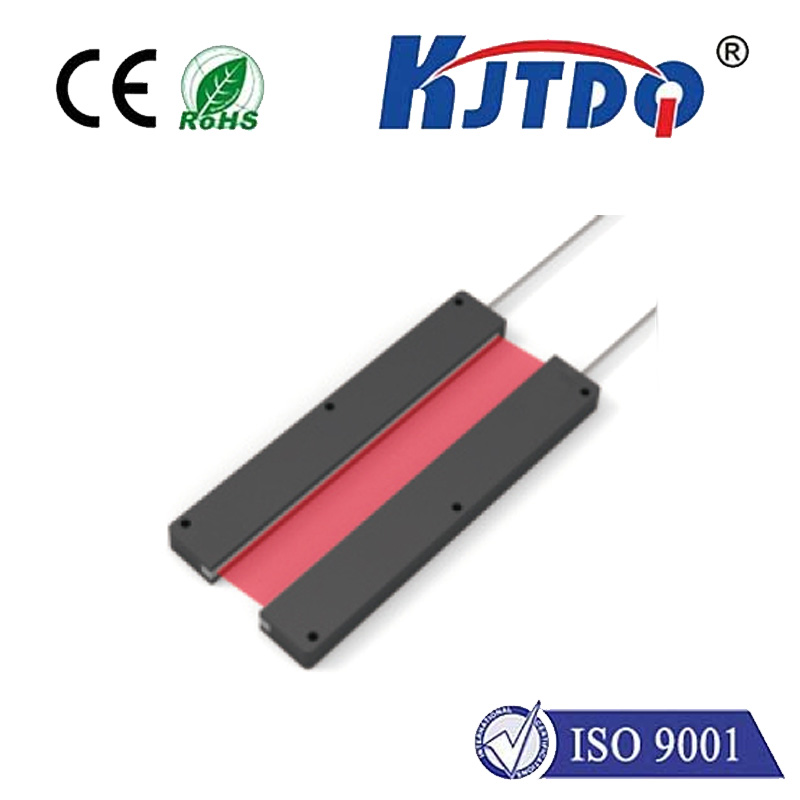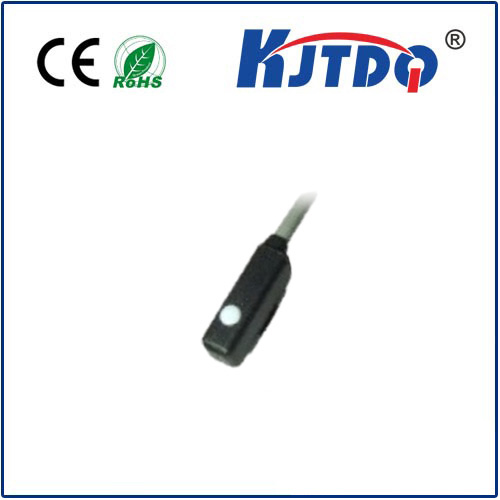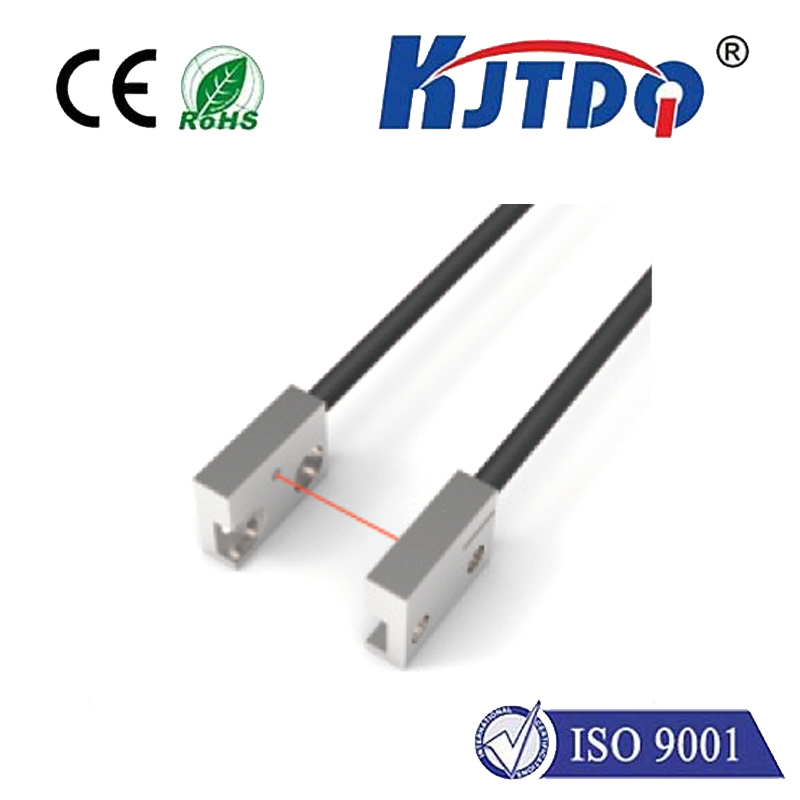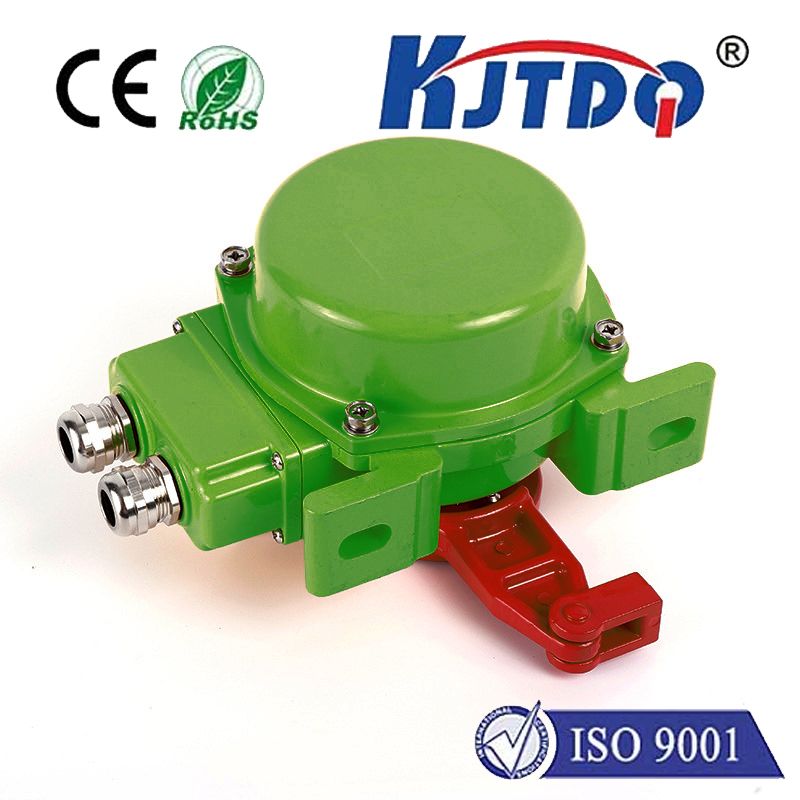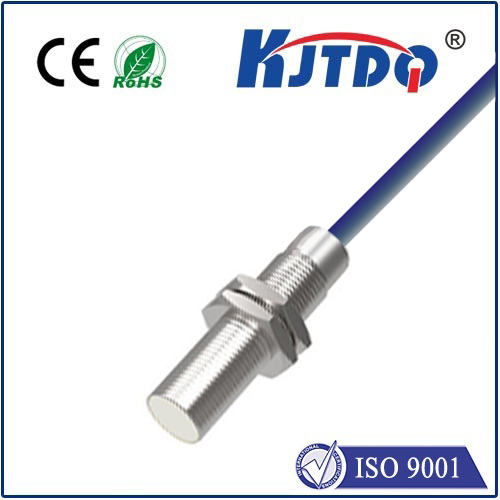

check

check

check

check
### Understanding the Role and Significance of FAP Limit Switches in Cancer Therapy
The Fibroblast Activation Protein (FAP) has emerged as a pivotal player in the realm of medical science, particularly concerning cancer treatment. This protein is a type II transmembrane serine protease, exhibiting both dipeptidyl peptidase and endopeptidase enzymatic activities. The significance of FAP stems from its limited expression in normal adult tissues but abundant presence in tumor stroma, making it an attractive target for therapeutic interventions.
#### What Is FAP and Why Does It Matter?
FAP is selectively expressed on the cell surface of activated fibroblasts, which are predominantly found near tumor cells. As a result, it plays a crucial role in various aspects of tumor progression, including growth, invasion, metastasis, and immunosuppression. The overexpression of FAP in cancer-associated fibroblasts (CAFs) correlates with poor prognosis across multiple tumor types. Therefore, understanding the function of this protein could lead to the development of more effective cancer treatments.
#### Approaches to Target FAP in Cancer Therapy
Several strategies have been explored to combat FAP's role in cancer, each aiming to inhibit or exploit its enzymatic activity:
1. **Inhibition Using Small Molecules or Antibodies**: Researchers have developed small molecules and antibodies designed to suppress FAP's enzymatic functions directly. By doing so, these agents can help disrupt the supportive environment that tumors need to grow and spread.
2. **FAP-Targeted Tumor Drugs**: Another innovative approach involves attaching drugs to peptides that specifically target FAP. Once in the body, these targeted drugs bind to FAP, releasing their payload directly into the tumor microenvironment.
3. **FAP-Directed Vaccination**: Scientists have also investigated the potential of vaccines that trigger an immune response specifically against FAP, potentially slowing tumor growth by reducing CAF activity.
4. **Advanced CAR-T Cell Therapy**: Chimeric antigen receptor (CAR) T-cell therapy, a cutting-edge immunotherapy, is being modified to target FAP. By reprogramming patients' T cells to recognize and attack FAP-expressing cells, this therapy aims to eliminate the supportive network around tumor cells.
#### Implications and Considerations
While targeting FAP offers promising avenues for enhancing cancer treatment outcomes, certain considerations must be taken into account. For instance, because FAP is associated with tissue repair processes, interfering with its function may pose risks to normal tissue health and healing. Additionally, the efficacy and safety profiles of these interventions must be thoroughly evaluated through rigorous clinical trials.
As research into FAP's role in cancer continues to unfold, so too does the potential for developing more precise and targeted therapies. Advancements in our understanding of this unique protein's behavior in various types of cancer open new doors for improving patient survival rates and quality of life.
In conclusion, the FAP limit switch represents a critical checkpoint in the intricate web of interactions within the tumor microenvironment. Through continued exploration and refinement of FAP-targeted approaches, we move closer to revolutionizing cancer care and paving the way for more effective, tailored treatments for patients worldwide.
